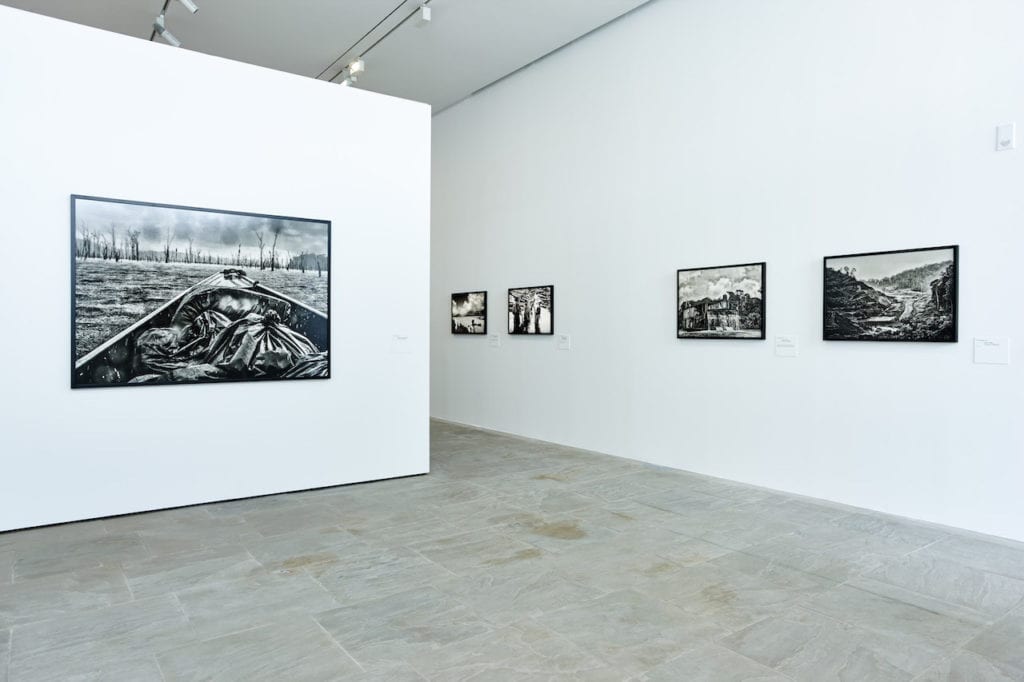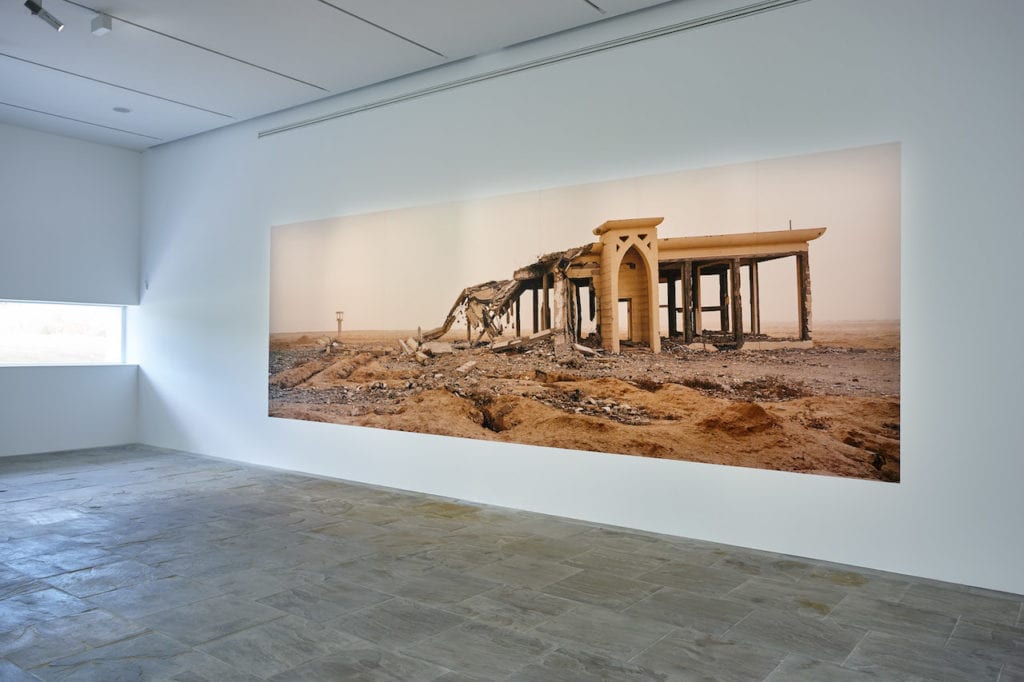Situated on an island off the coast of southern France, surrounded by glistening blue waters and nestled within pine-tree forests, is the Villa Carmignac — a gallery and sculpture garden belonging to French entrepreneur Édouard Carmignac and the foundation he established in 2000. The land, back then a Provençal farmhouse originally built in the 1980s, was acquired in 2015. An underground extension was built to accommodate 2,000 square meters of exhibition space, and in 2018, it opened to the public. Surrounding the gallery is an impressive sculpture garden and 18 permanent works of art, situated within a national park that famously provided a backdrop to Jean-Luc Godard’s 1965 film Pierrot le fou. Inside, visitors are asked to remove their shoes to ensure complete silence, contributing to a serene experience which only accentuates the sobering nature of the work currently on show.
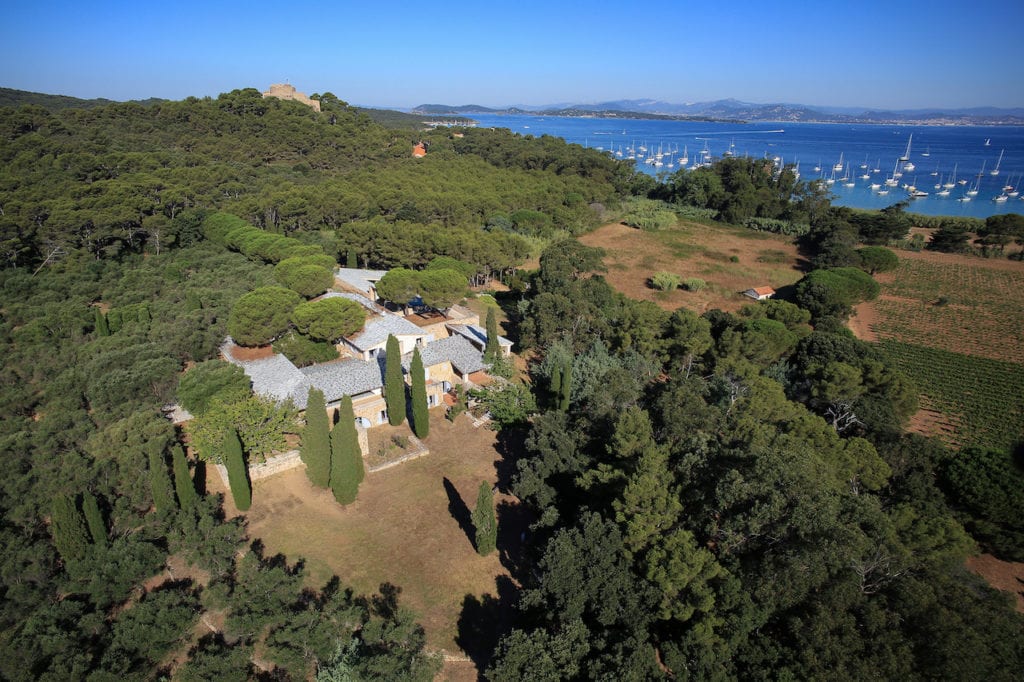
Established in 2009, the Carmignac Photojournalism Award exists as part of the foundation’s “three axis”, alongside the villa, and the foundation’s collection of over 250 works of art, by artists including Andy Warhol, Basquiat, Cindy Sherman, and Alex Prager. The award was created to facilitate photographers with the time and money to produce a substantial body of work in under-reported regions. Each year, it bestows a €50,000 grant towards a six-month investigative photo reportage, with a photobook and touring exhibition to follow.
“We are competing with images constantly spewed out by news channels, but photojournalism is an irreplaceable means of chronicling the world,” says Charles Carmignac, who took over as director of the foundation in 2017. Now, to celebrate 10 years of the award, a retrospective of over 100 images is on display at the Villa Carmignac until 01 November.
The exhibition was put together in just 53 days, following the easing of the Covid-19 restrictions in France. Under the direction of Emeric Glayse — who took over as director of the award following controversy over the censorship of 2014 laureate Newska Tavakolian — the show presents work by each of the patrons from the past decade, from the award’s first laureate Kai Wiedenhöfer, who documented the destruction left behind by the 2009 war in the Gaza Strip, to Tommaso Protti’s portrait of a modern Amazon, completed at the end of 2019.
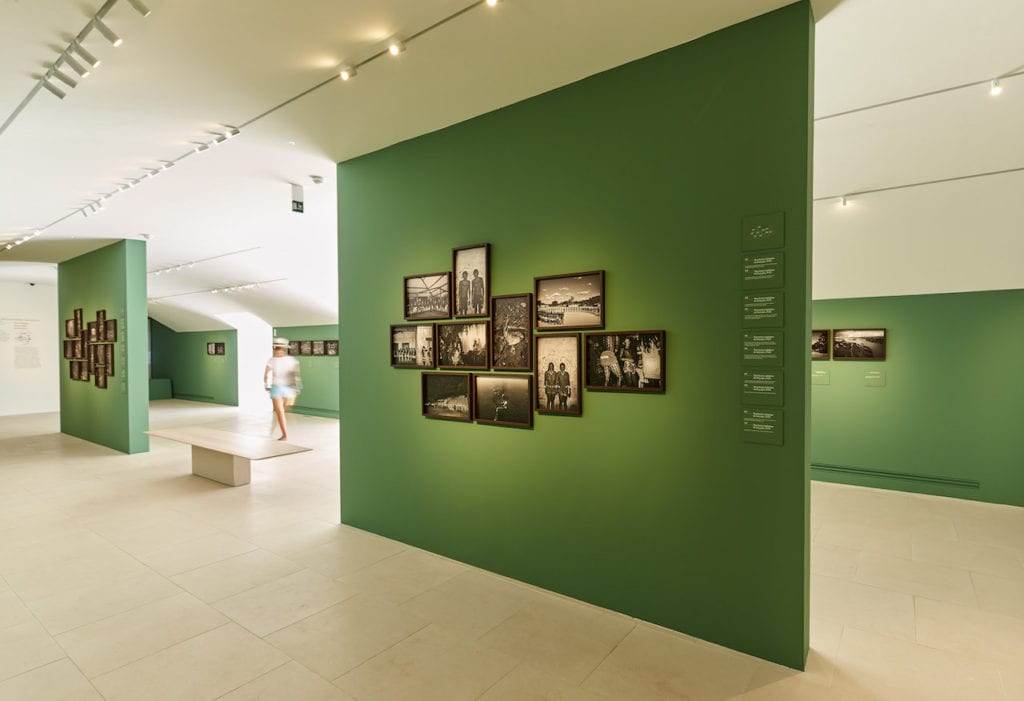
The work is organised thematically into four sections. ‘Oppression and Freedom of Speech’, ‘Modern Slavery’, ‘States of War’ and ‘New Far West’. On the ground floor, eight reports are presented, including Robin Hammond’s 2012 documentation of Zimbabwe, during which the photographer was detained twice, spending 25 days in “appalling conditions”. Alongside more traditional reportage work, sits a display of 12 portraits, of people whose lives were destroyed by the country’s violent political regime. Another notable display is Newsha Tavakolian’s Blank Pages of an Iranian Photo Album, from which the Iranian artist exhibits nine video portraits of “ordinary” women and men, meditatively poised against natural landscapes of suburban Tehran.
Upstairs are two of the most recent projects, from contrasting regions of the Arctic and the Amazon. In 2018, Yuri Kozyrev and Kadir van Lohuizen became the first joint-laureates of the award, receiving a grant of €50,000 each, and travelled through 15,000 kilometres of the Arctic Circle to investigate the effects of climate change on the land and its indigenous communities. Tommaso Protti’s exploration of the “modern Amazon” touches on similar themes, investigating the complex social fabric of the communities that exist there, from the drug trade to daily life in its urban centers.
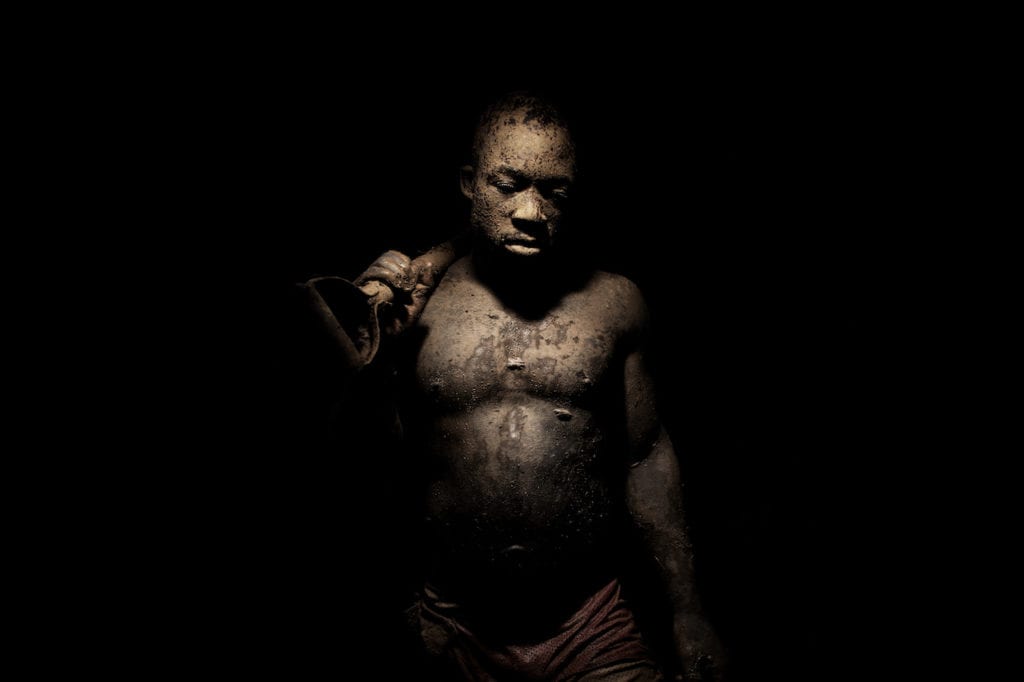
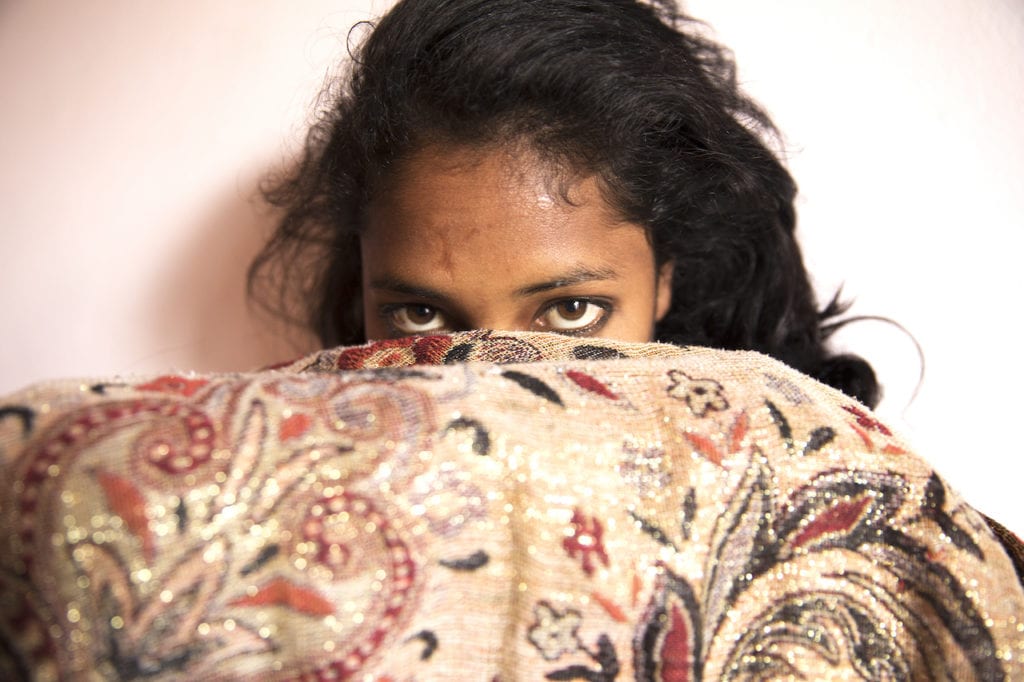
Photojournalism is an art form traditionally tied to the news cycle — an outlet that has become increasingly cyclical, within a media landscape that tends to favour viral headlines over long-form reports. The earliest stories in this exhibition were first pursued over 10 years ago, some may denounce this “old news”, others might call it history. But even though they are detached from our current news cycle, every story addresses conflicts and human rights abuses that are still prevalent today. Human trafficking is a reality for an estimated 21 to 45 million people worldwide, life and infrastructure remains fragile in recovering war zones, and the climate crisis is only just beginning. These stories should not be cast in the past, instead, they should be used to to bring attention to the atrocities that pertain today.
Carmignac Photojournalism Award: 10 Years of Reportage is on display until 01 November 2020 at Villa Carmignac on the Island of Porquerolles, France.
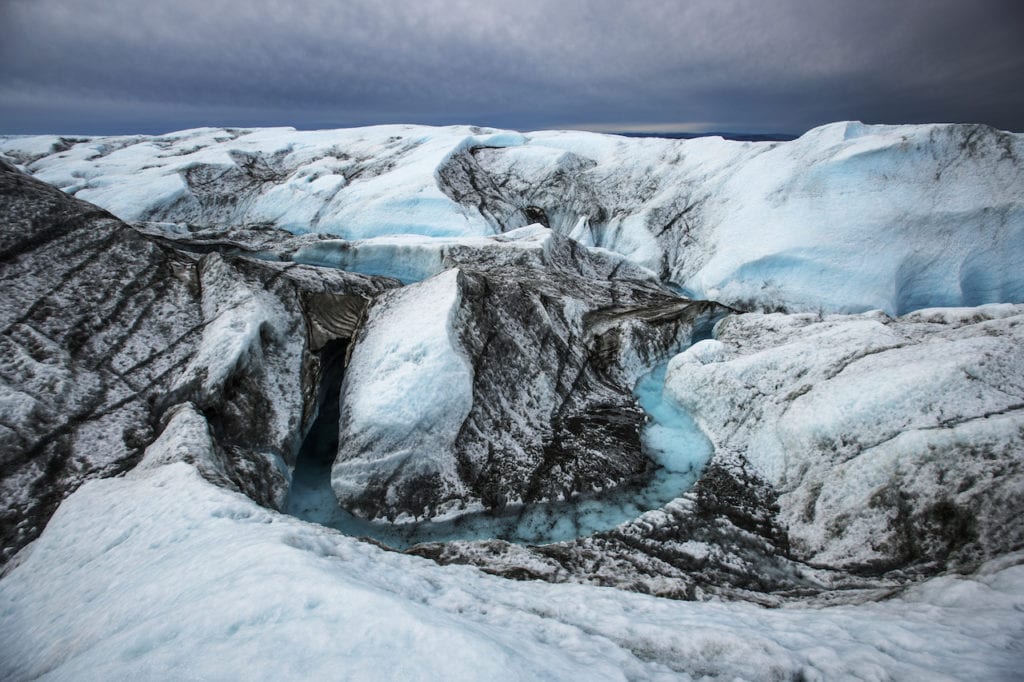
—

